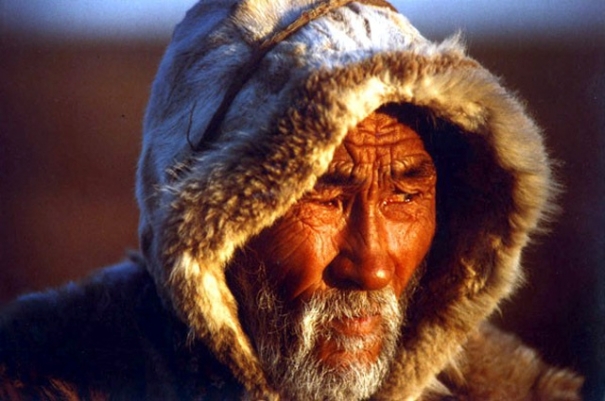Were the Chukchi people the ones too chicken to risk crossing the land bridge between Siberia and Alaska now the Bering Straits? Had they gone over, they would be North American Indians and we wouldn’t be talking about them here.
Reindeer Man
The name Chukchi is derived from ‘chavchu’ or “reindeer man”. They live in the extreme northeastern part of Siberia. They got a sea named after them: Chukchi Sea. It’s near the Bering Sea named after Vitus Bering who also got a lot of stuff around there named after him after he died on Bering Island. Anyway, it’s all north of the Kamchatkan Peninsula which is that long hanging out part on the far east of Russia.
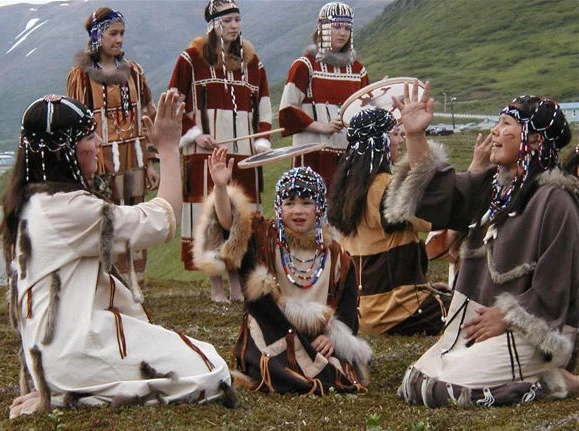
So the Chukchi got their own Autonomous District. It’s pretty big but this permafrost-ville! You got some mountain taiga, flat tundra and some frozen desert. That’s ‘frozen desert’ not ‘frozen dessert’ which is yummy when you thaw it out. But the 15,000 Chukchis only make up 25% of the people there with 50% of them Russian.
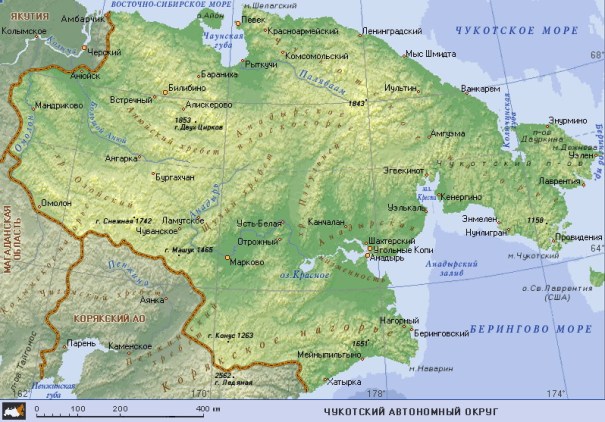
Some people think history is boring. If you want to know about the history of the Chukchi people:
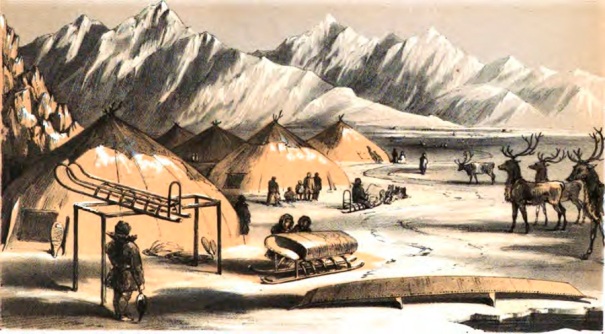
Talking Chukchi
A strange thing about the Chukchi language is that men and women pronounce some words differently. The women use a ‘ts’ sound where the men use an ‘r’ sound since that sound is considered unsuitable for women.
No surprise, the Chukchis have all kinds of ways to say ‘reindeer’. The name exists in many forms depending on the age, color, gender or nature of the animal. The Russians gave the Chukchis a new written language which sounds good but then they made them all speak Russian in school and all information was in Russian so they might have saved themselves the trouble. In the 1960s, there was a boom in mixed marriages which hurt the Chukchi language even worse than the Soviet policies did.
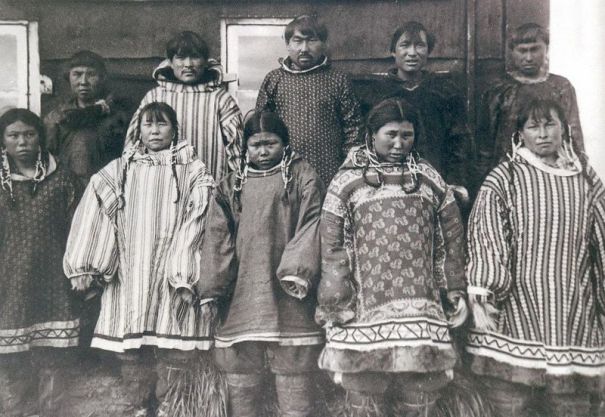
Shaman You
The Chukchi Shamanism teaches that every living thing such as animals, plants, trees, flowers, rivers and nature have a spirit of their own. During their rituals, Chukchi shamans fall into trances (sometimes aided by hallucinogenic mushrooms), communicate with the spirits, predict the future, and cast spells of various kinds. Chukchi shamanism suffered less than other religions from the Soviet government’s anti-religious policies. Since most shaman activity took place in the home, there was no religious organization to attack, and so it was relatively easy for shamanism to survive underground.
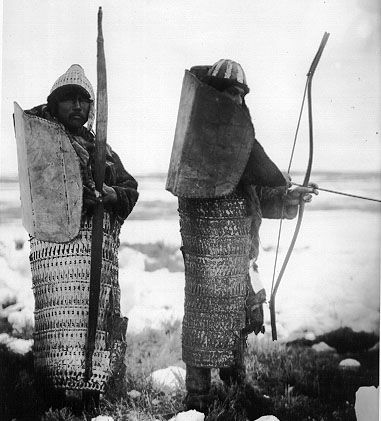
Folklore
Chukchi folklore includes stories about the creation of the earth, moon, sun, and stars; tales about animals; anecdotes and jokes about foolish people; stories about evil spirits that are responsible for disease and other misfortunes; and stories about shamans with supernatural powers. The Chukchi also have many legends about ancient battles between them and the Koriaks and Eskimos.
In one folktale, several shamans are traveling on the ocean when their boat develops a leak. The boat’s owner succeeds in stopping the leak with the aid of seaweed-spirits. When they approach land, he tells the seaweed-spirits to depart; the leak re-appears, and he challenges the other shamans to stop it. Their powers are weaker than his, they are unsuccessful, and they drown.
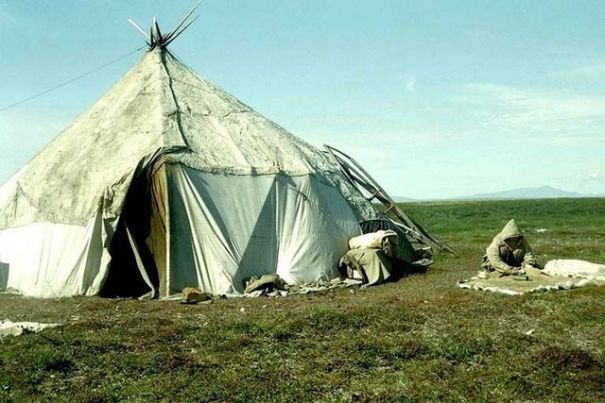
Hospitality
Due to the barrenness and cold weather, life in Chukotka is very tough. That’s why the Chukchi take special care of their guests whether they are a relative or a stranger. If anyone asks for food or to stay over, the Chukchi never refuse.
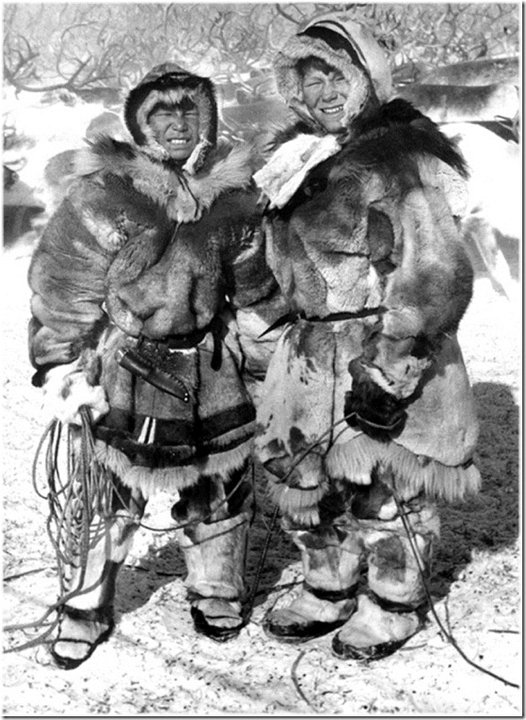
Clothing
Chukchi women traditionally wore a kerker, a knee-length coverall made from reindeer trimmed with fox fur. In addition to the kerker, women also wore robe-like dresses of fawn skins beautifully decorated with beads, embroidery, and fur trimmings. Men wore loose shirts and trousers made of the similar materials. Everyone wore high boots and leather undergarments.
Children’s clothing consisted of a one-piece fur cover-all with a flap between the legs to allow the moss that served as a diaper to be easily changed. Present-day Chukchi wear Western clothing except on holidays and other special occasions.
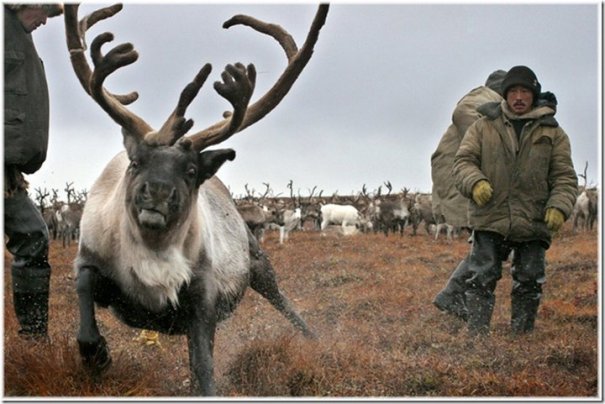
Living Space and Transportation
Traditional Chukchi housing was the yaranga, a cone-shaped or rounded reindeer-hide tent. Inside was a box-shaped inner sleeping chamber made of fur that was large enough for several people. Some Chukchi still live in yarangas, but far more common are one-story wooden houses and prefabricated concrete apartment buildings typical of the former Soviet Union.
Though the traditional methods of transportation such as reindeer sledges still survive, modern Chukchis may travel by snowmobile.
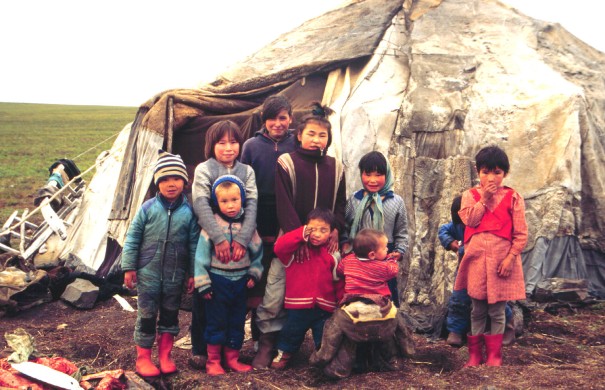
Sickness and Disease
Before the contact with Russia, people of Chukchi were unfamiliar even with the word medicine because there were few plants or minerals from which any medicine could be made, so new diseases spread quickly usually killing hundreds of people before any Russian or European medicines could reach this area. Even now, medicines are frequently in short supply.
A peculiar illness, common among the Chukchi, is “Arctic hysteria.” Someone affected by Arctic hysteria is seized by sudden fits of rage, depression, or violence and often harms others or himself.
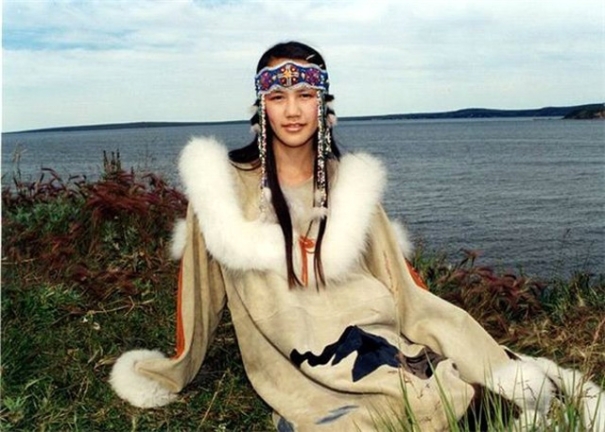
Schooling
Most Chukchi children study at boarding schools, because their settlements are too small and far apart to allow a school to be built in each one. Though literacy in the Russian language is now virtually universal, not everyone can read and write in the Chukchi language.
Recently, a new movement to supply teachers that follow the nomadic herders has been launched. It enables children to learn without being sent off to boarding school and remain with their families as they follow the reindeer.
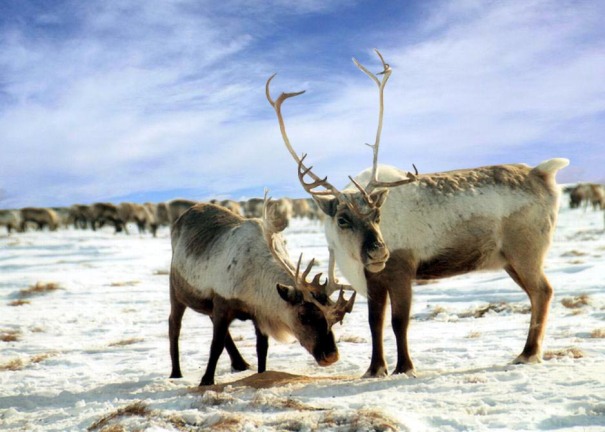
Chukchi Cuisine
Reindeer provide standard food for Chukchis like boiled venison, reindeer-blood soup, and reindeer brains and bone marrow. One traditional dish, rilkeil, is made from semi-digested moss from a slaughtered reindeer’s stomach mixed with blood, fat, and pieces of boiled reindeer intestine. Traditional Chukchi cuisine is now supplemented with canned vegetables and meats, bread, and other prepared foods purchased in stores.
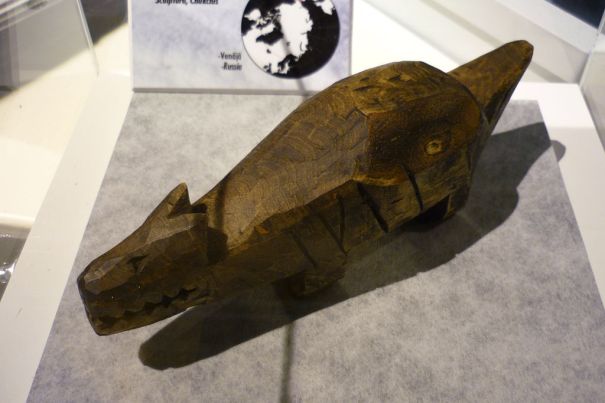
Crafts
Sculpture and carving on bone and walrus tusk are the most highly developed forms of folk art among the Chukchi. Common traditional themes are landscapes and scenes from everyday life: hunting parties, reindeer herding, and animals native to Chukotka. In traditional Chukchi society, only men engaged in these arts, but there are now female sculptors and carvers as well. Chukchi women are also skilled at sewing and embroidering.

Dogs
Together the Chukchi people and the Siberian Husky dog developed a special relationship born of mutual need and nurtured by mutual respect. Together, they thrived in virtual isolation for centuries in the tundra before the outside world discovered and fell in love with this magnificent dog. Although the present-day Siberian Husky has changed since entering this country in the early 1900s, the breed still maintains many of the qualities that made the Chukchi sled dog such a prized possession.
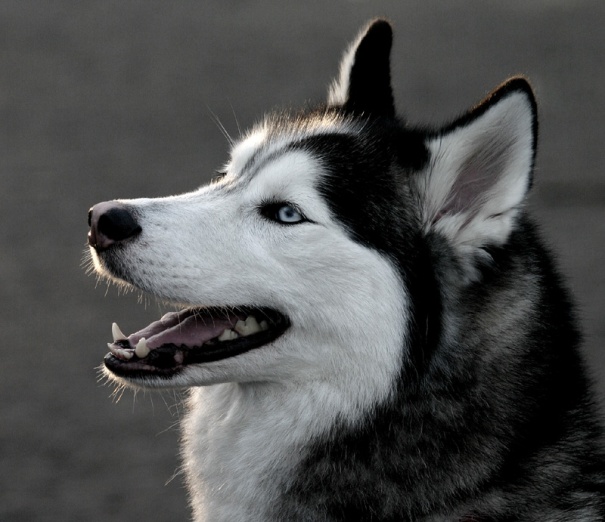
Revival of Chukchi Culture
The image of “authentic reindeer folk,” never subjugated by anybody, is still a dominant part of the Chukchi mentality. Their reindeer economy is viable and there is no power to share in the tundra wilderness, since few Russians live in the interior beyond a handful of mining and rural communities.
The main battle so far is focused upon privatizing reindeer herds presently monopolized by state farms. As the new property system for reindeer becomes established, whether as cooperative, family, or even private herding enterprises, the issue of land claims, pasture allocation and compensation for lost and polluted grazing areas will eventually surface as the main political priority.
The biggest threat to the revival of Reindeer Chukchi is the generation gap induced by decades of Soviet acculturation. Although older people rooted in Native tradition are numerous and well respected, the middle-aged and younger generations are now attached to a more comfortable village life. Raised in Soviet boarding schools, they lack the experience and stamina of real tundra herdsmen. The survival of the Chukchi culture and language depends upon the success of hundreds of current village residents in returning to their former lifestyle.
